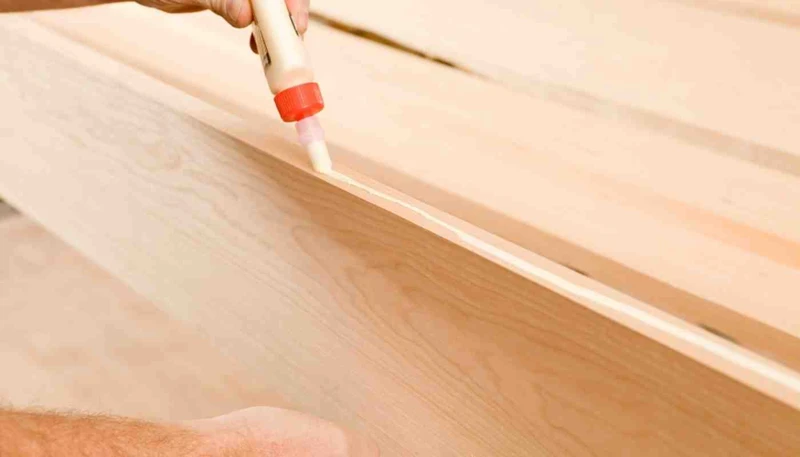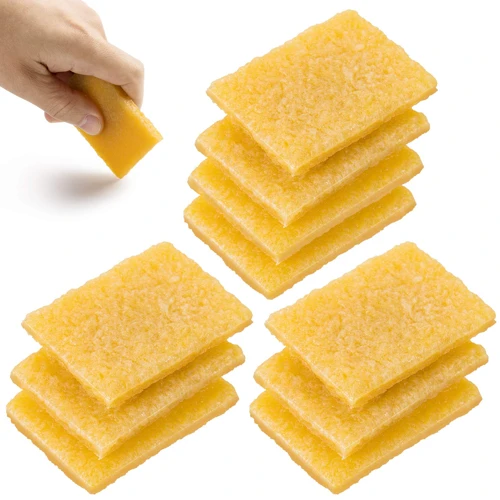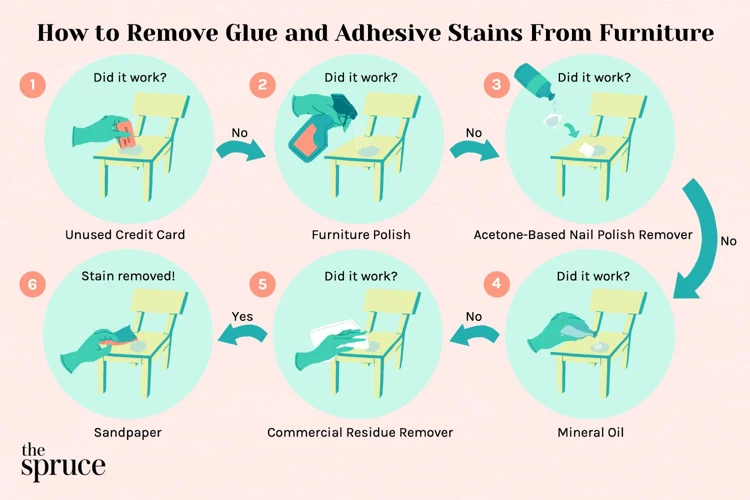Discovering adhesive on a cherished wooden surface can be disheartening. It detracts from the natural beauty and smooth finish that wood offers. Whether it’s from a label, tape, or a crafting project gone awry, the need to remove glue from wood surfaces arises more often than one might think. Fortunately, there are effective ways to tackle this challenge without causing damage to the wood. In this comprehensive guide, we will explore various methods and tips for cleaning glue off wood, ensuring your wooden items retain their aesthetic appeal and integrity.
Essential Tools and Materials for DIY Glue Removal
Before diving into the glue removal process, having the right tools and materials on hand is crucial for a successful DIY glue removal. It’s important to choose implements that won’t scratch or mar the wood while still being effective against the sticky adversary. Gather items such as plastic scrapers, soft cloths, cotton swabs, and gloves to protect your hands. With the essentials ready, let’s explore the natural and chemical solutions available to you.
Natural Glue Removers and Their Applications
Embracing natural glue removers is a safe and environmentally friendly way to tackle adhesive challenges. Household items like vinegar, lemon juice, and baking soda can be surprisingly effective at breaking down sticky residue on wood. These natural solutions can be applied using a cloth or brush, allowing them to penetrate the glue before gently scraping it away. They are best suited for light to moderate glue stains and are ideal for those seeking a non-toxic approach.
Choosing the Right Solvent for Wood Glue
When natural solutions are not enough, selecting the appropriate solvent for wood glue is the next step. Products such as acetone, rubbing alcohol, or commercial adhesive removers can be used with caution. It’s important to test any chemical solvent on an inconspicuous area of the wood first to ensure it doesn’t discolor or damage the finish. Once you’ve determined the solvent’s compatibility with the wood, you can apply it sparingly to the affected area.
Step-by-Step Guide to Remove Glue from Wood
Approaching the task methodically can greatly increase the chances of removing the glue without leaving a trace. Here’s a step-by-step breakdown of how to clean up your wood surfaces with care and precision.
Cleaning Glue Off Wood: Initial Steps
- Gather your materials and ensure the wood surface is clean and dry.
- Test any solvents on a small, hidden section of the wood to check for adverse reactions.
- Apply the chosen natural remover or solvent to the glue, working it gently into the residue.
- Allow the solution to sit for a few minutes to soften the adhesive.
Glue Removal Techniques for Stubborn Residue
For more tenacious glue spots, employing specialized glue removal techniques may be necessary. You can use a hairdryer on a low heat setting to warm the glue, making it more pliable. Once softened, gently scrape it off with a plastic scraper, moving carefully to avoid scratching the wood. If remnants persist, reapply your chosen solution and repeat the process until the surface is clean.
Advanced Cleaning Tips for Wood
Some wood surfaces may require additional care during the cleaning process. Here are advanced tips to ensure you’re equipped to handle even the most challenging scenarios.
Dealing with Different Types of Wood Surfaces
The approach to cleaning can vary depending on whether the wood is unfinished, painted, or has a delicate veneer. Unfinished wood is more porous and may absorb solvents more readily, while painted wood requires gentler handling to avoid stripping the paint. Veneer surfaces are thin and delicate, necessitating a light touch and minimal moisture to prevent warping or peeling.
How to Get Larger Glue Stains Off Wood
Larger glue stains may seem daunting, but with patience, they can be addressed effectively. Cover the stain with a solvent-soaked cloth and let it sit for an extended period, checking periodically. This prolonged exposure can gradually dissolve the adhesive, making it easier to wipe away without harsh scraping.
Preventive Measures and Wood Care Tips
Once you’ve achieved a clean surface, it’s wise to consider preventive measures to minimize future issues and maintain the pristine condition of your wood surfaces.
Maintaining Your Wood Surfaces Post-Cleaning
After successfully tackling the sticky situation, it’s vital to nourish the wood to restore its moisture balance. Use an appropriate wood conditioner or polish to enhance the wood’s natural grain and provide a protective barrier. Regular maintenance with these products can keep the wood looking its best and more resistant to damage.
Best Practices to Avoid Sticky Residue on Wood
Prevention is always better than cure when it comes to wood care. Use coasters under items that may leave a residue, and be mindful of where you place adhesives or tapes. When working on craft projects, lay down protective sheets or newspapers to catch any drips or spills.
If you’re tackling a sticky situation with glue on your wooden surfaces, we’ve got you covered. Whether it’s a crafting mishap or a renovation residue, our comprehensive guides can help. For those dealing with nail glue, our article on how to get nail glue off wood offers practical solutions. If it’s superglue that’s causing the problem, check out our tips on how to get crazy glue off wood. And for those bigger projects that involve floor adhesives, our guide on how to get floor glue off wood will help you restore your wooden floors to their former glory.
Conclusion: Restoring Your Wood’s Natural Beauty
Removing glue from wood surfaces doesn’t have to be a daunting task. With the right tools, materials, and techniques, you can effectively tackle sticky residue without compromising the wood’s integrity. Whether you opt for natural glue removers or need the strength of a chemical solvent, the key is to work gently and patiently. By following these guidelines and incorporating the preventive and maintenance wood care tips, you can preserve and restore the natural beauty and longevity of your wooden treasures.


